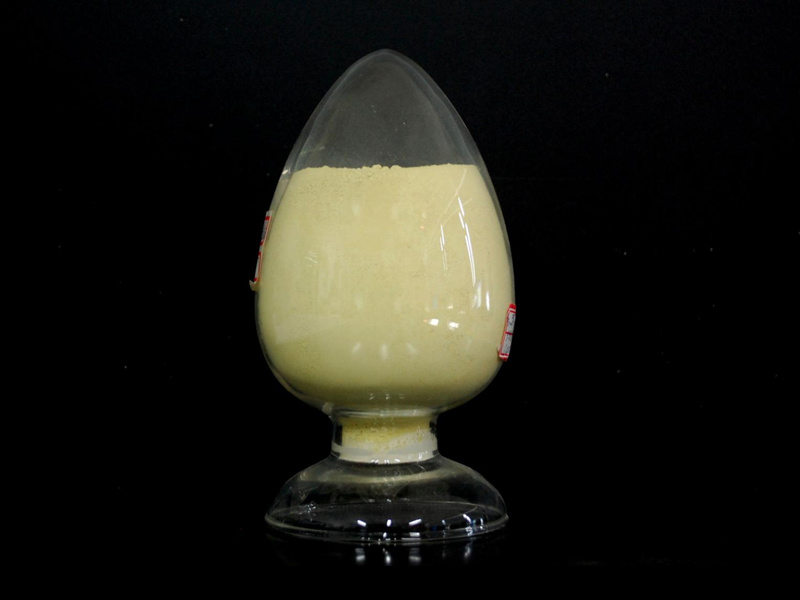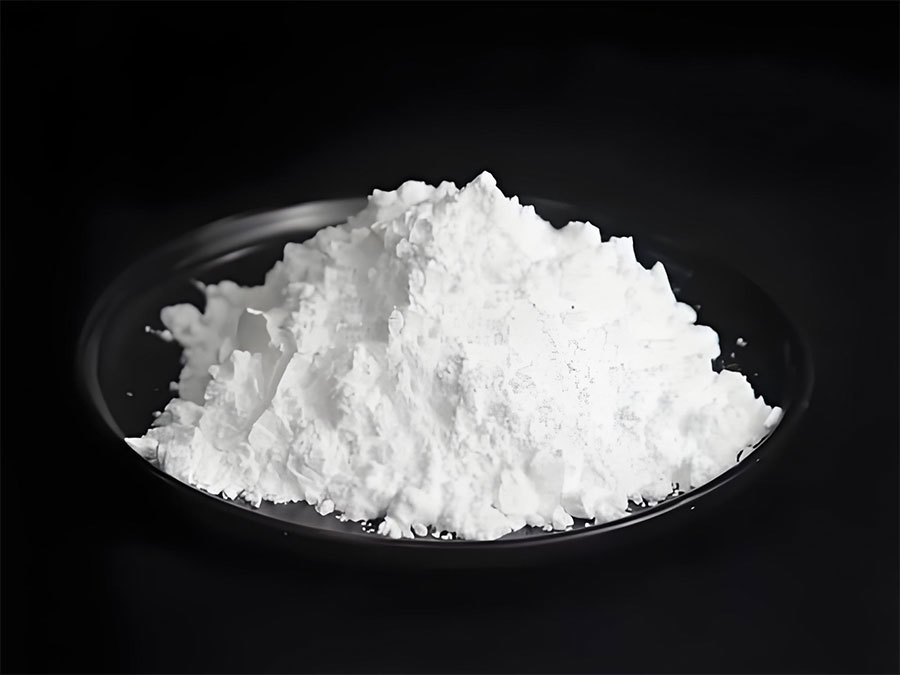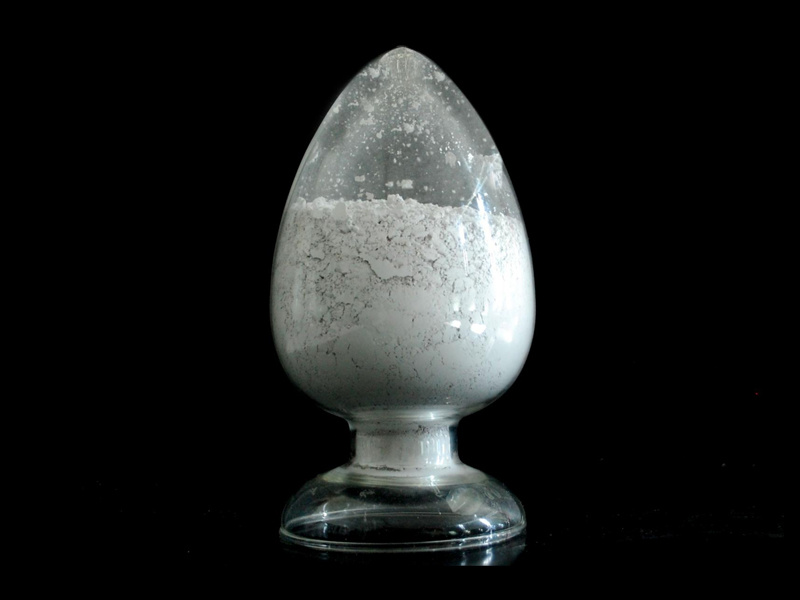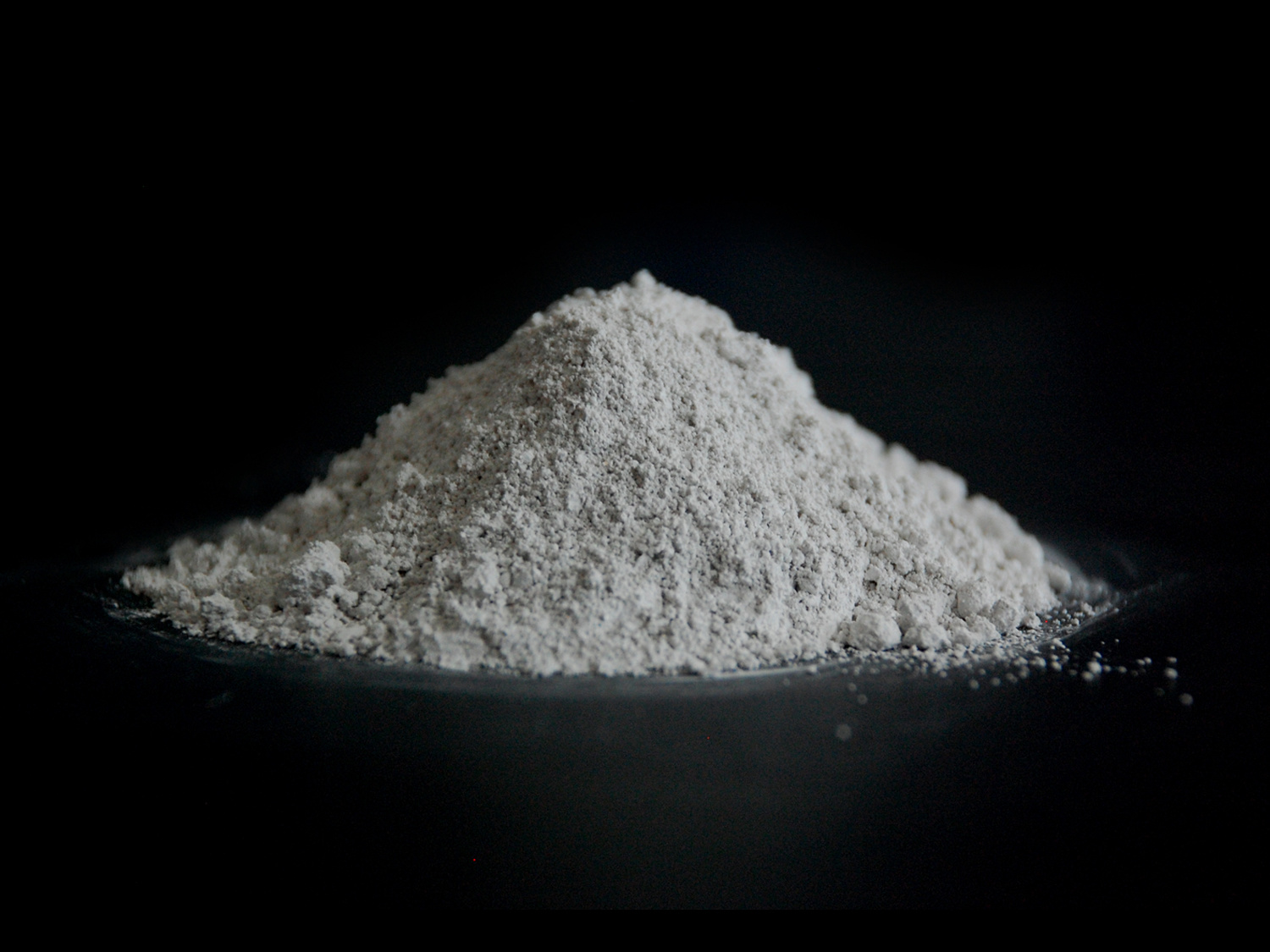
Product characteristics
Nanoscale | |||||||||
Morphology | Appearance | Purity | Average particle size | Specific surface area | Molecular formula | Molecular weight | Melting point | Boiling point | Density |
Quasi-spherical | White | >99.99% | 70-100nm | 5-20㎡/g | SnO2 | 150.69 | 1630 ℃ | 1800 ℃ | 6.95 g/cm³ |
| Remarks:The Purity and specific surface area can be adjusted based on customer spec, also some elements can be added/doping into Tin Oxide | |||||||||
Features
SnO2 is widely used in industries such as lithium batteries, solar cells, liquid crystal displays, optoelectronic devices, transparent conductive electrodes and infrared protection because of its high visible light transmittance, chemical stability, good electrical conductivity and infrared radiation reflectivity. Because Nano size SnO2 has the small size effect, quantum size effect, surface effect, and macroscopic quantum tunneling effect, which can demonstrate notable changes in physical properties such as light, heat, electricity, sound, and magnetism compared to traditional SnO2. These unique features allow nano SnO2 to enhance the performance of sensor.
Product application
Tin oxide is a key material in electronics, serving as a conductive coating, transparent conductive film, and p-type semiconductor used in electronic device such as televisions, computers, mobile devices . It offers superior transparency and stability compared to conventional conductive materials, it can maintain reliable conductivity even under high-temperature and humid conditions.
Tin oxide electrodes are widely used in the melting of high-grade optical glass and electrolytic aluminum industry. Tin oxide electrodes are especially well-suited for melting flint-type glasses, barium flint, barium crown, and crown glasses without any pollution.
Key words:
Nano-tin Oxide

Nano-tin Oxide
Contact Us
Product classification





